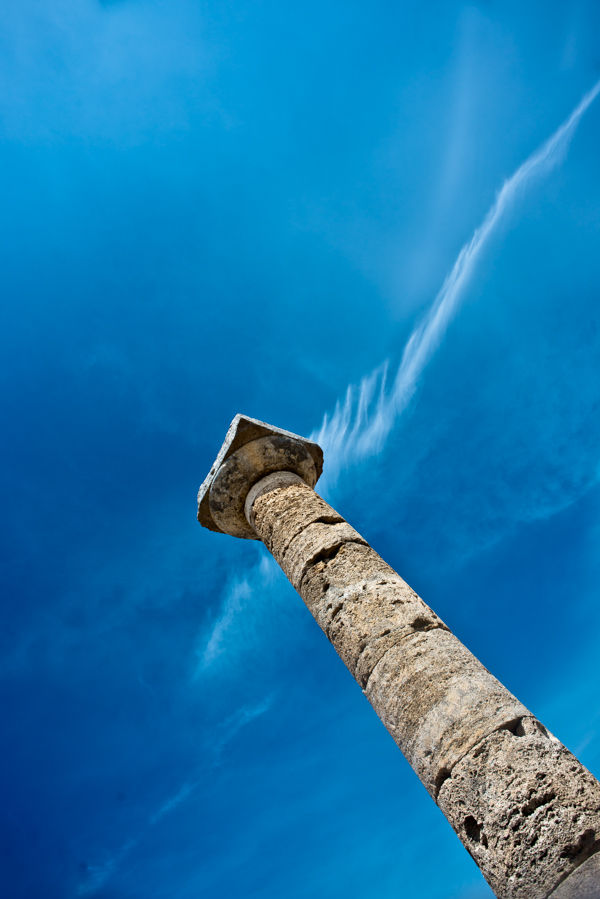amalfi coast
- giuseppe pascale
- Oct 10, 2016
- 3 min read
Glad you could join me on this journey, the following series of photographs will give you a glimpse of how I viewed the Amalfi Coast along with a small peek at a few Greek wonders. From the 9th to the 12th century, the Amalfi Coast, which stretches for about 50km, was a maritime superpower. Like many other regions, it was not immune and soon faced isolation due to poverty, invasions, earthquakes as well as landslides. Moving forward to the 1900's, isolation would become the catalyst to its resurgence. This would occur in the form of tourism, quickly becoming an important economic factor in the latter half of the century.

vr 64 | iso100 | 24mm | f/3.5 | 1/250sec
Our first stop is the costal town of Praiano which is situated between Amalfi and Positano. Approaching the centro storico on via Gennaro Capriglione, you are treated to the pastel hues of parrocchia di san gennaro set against the bay.

parrocchia di san gennaro | iso100 | 24mm | f/8.0 | 1/100sec
Up next, we begin the tight climb up to the mountain village of Nocelle. Set at 450m above sea level, this off the beaten path location offers a great seat to take in the coastal views.

sedia | iso100 | 24mm | f/4.0 | 1/250sec

costiera amalfitana | iso100 | 85mm | f/8.0 | 1/200sec

costiera amalfitana | iso200 | 85mm | f/4.5 | 1/100sec
Now it is time to venture into the small town of Amalfi which was once a maritime hub boasting a population of 70,000. Today, you can walk from one end to another in less than 30min. Its drastic change in urban morphology is due to an earthquake in 1343, where most of the city slid into the sea. Its watery past is quickly forgotten while admiring the varied architectural styles of its cathedral and facade clad cliffs.

dettaglio catherdal | iso100 | 85mm | f/8.0 | 1/160sec

facciate | iso100 | 85mm | f/8.0 | 1/320sec
I am not sure about you, but I could use a little gelato break before our next stop...maybe a combo of limone e cioccolato...mmm sour and sweet. How about you? Ok, so back on the road towards Positano, the pretty little neighbour of Amalfi. That was not always the case, as this once thriving port saw its population cut in half in the mid-nineteen century as many left for better opportunities in America. To appreciate the vertical urban plan of the town, we need to start climbing the network of stairs and alleyways.

via trara genoino | iso200 | 24mm | f/8.0 | 1/60sec

20 | iso200 | 24mm | f/8.0 | 1/60sec
Our last stop takes us to Paestum where back in the late 18th century road builders discovered Greek colony ruins. UNESCO listed them among the best preserved monuments of Magna Graecia. The archaeological site dates back to the 6th century BC and was originally named Poseidonia in honour of Poseidon, the Greek god of the sea. In 273BC, the town fell under Roman control and remained under the empire till its abandonment due to malaria and raids.

colonna blu | iso100 | 24mm | f/8.0 | 1/125sec

tempio di nettuno | iso100 | 24mm | f/4.5 | 1/200sec

museo archeologico | iso100 | 24mm | f/8.0 | 1/200sec
Hope you enjoyed your time and thank you for visiting, ciao ciao!
Source: Bonetto, Clark, and Smith (2014). Southern Italy (2nd ed.). Lonely Planet.
Comments